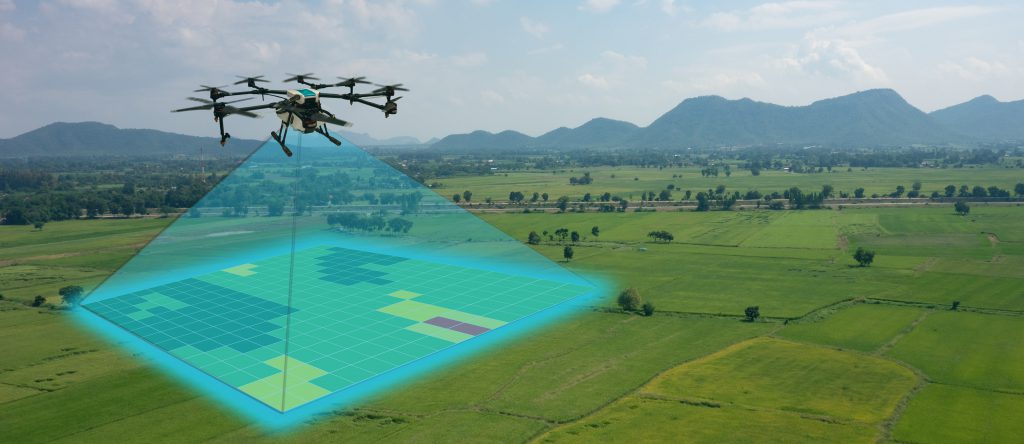As we barrel towards 2021 and a changed world as a result of the pandemic, the gap between populations who are fluent in digital literacy and those who are not has only widened. In Israel, this technological knowledge gap between the ultra-Orthodox and Israeli Arab communities and the rest of the population has grown larger, and the same scenario is playing out in wealthy modern countries such as the United States.
Technology has been an equalizer in enabling underprivileged populations to rise; underserved members of younger Gen Z and Generation Alpha born into tech as digital natives are no less tech savvy then their well-off peers. As Israel emulates many of the aspects of US business culture there are lessons for Israel’s underserved population to learn from the Native American tribes based in the American Heartland who have embraced technology and created a strong vision to lead the next generation.
Tribe to Tribe
In the past, the tribes have been able to capitalize on resources such as land, hospitality, oil, and federal funding, but more importantly, they are using tech as a way to enable their communities to compete on a global playing field. Tribes in Oklahoma such as the Osage, Choctaw and Cherokee Nations are using their lands and resources to develop technologies that are going to be even more vital post-COVID in a mobility ecosystem including UAVs, drones, and clean energy.
In a place like Tulsa, Oklahoma, a strong relationship exists between the local Jewish community and the Native American tribes. As David Charney, a leader in the community states on the strength of those bonds “the Jewish community in Tulsa has always recognized the importance of a meaningful, cooperative relationship with our Native American neighbors here. Not unlike the history of our Jewish people, our tribal friends have often been a victimized, displaced people who were dispossessed of their native lands and forced onto reservations chosen for them by the ruling white leaders.”
Charney further addsthat “in the past decade, we have accelerated our partnerships with tribal leaders to promote economic development in this State in order to stimulate job opportunities for Native Americans and others.”
Communities literally rising
One of the tribes in the Tulsa area that has parlayed their land as a resource for innovation is the Osage Nation. The tribe has built a drone testing site, Skyway 36, which could be of particular interest for Israeli drone startups such as Percepto and SeeTree, both of whom have a presence in the Tulsa area.
Skyway 36 has become a hub for unmanned and autonomous systems development, and has hosted events like the Public Safety Drone Conference. In conjunction with the Osage Ranch, they have also engaged commercial innovators in the energy sector. Even though the majority of activity at the site has been aviation focused, the facilities have been utilized for other autonomous technology projects. As an example, the University of Tulsa conducted long-term, testing and analysis for their Heavy Vehicle Cybersecurity Project.

Assistant Principal Chief Raymond Red Corn states that “Skyway’s advantage is clear: Location, location, location. Our proximity to the Tulsa Airport, desirable airspace, adjacent lodging and tax advantages offer a great space – on the ground and in the air. Add a 43,000-acre test site less than an hour away, and you have the makings of a solid future for UAS companies and related industries.”
Another tribe which is also developing a future where mobility is widely available is the Choctaw Nation. The tribe has a clear vision to become a central part of the regional innovation ecosystem that stretches from southern Missouri to the Gulf of Mexico. They can function as an investor or as a government body, and their vision is to become a center of excellence and manufacturing for eVTOL aircrafts.
An eVTOL“(electric vertical takeoff and landing) is a type of aircraft that uses electric power to hover, take off, and land vertically.” Think Uber Elevate and the near future of airways populated by these types of aircrafts powered by electric propulsion utilizing the recent technological advancements in the space. The tribe is betting on the fact that in the near time horizon thousands of these vehicles will need to be manufactured per year. This is not as a farfetched goal as it may seem, and the Choctaw Nation wants to be the first to build eVTOLs at scale.
James L Grimsley, the Executive Director of Advanced Technology Initiatives with the Choctaw Nation states that “the Choctaw Nation of Oklahoma realizes the potential of emerging aviation technologies that are made possible by technology advances such as electric propulsion. We are working to build a unique one-of-a-kind emerging aviation test complex to serve as a catalyst for these technologies, with the goal of creating new job opportunities in manufacturing and STEM for our members and our neighbors in our region.”
Diverse Nation
The Native American tribes have had to overcome many challenges and serve as an example of communities who are not just parlaying tech but are executing against a grand vision for the future. Underserved populations in Israel could learn from them; with the ultra-Orthodox the intellectual rigor is there, and with the Arabs there has always been a focus on engineering talent. What is needed is a clear vision from the leadership of these groups on what 2021 will hold, and slowly letting go of the grip of the past.
The point is not about utilizing UAV technology (other verticals may be better suited for these groups), what is key is the vision and willingness to execute against an arduous vision, and work with local stakeholders such as the Israeli government to do so. While these communities enjoy a level of autonomy, there is also the hope that it’s because of it that they can innovate without other constraints. The challenge, of course, is that much of the key decisions are made by a few leaders in their communities, locking out underrepresented voices in the process.
The author of this piece works with Atento Capital, an investor in Percepto and SeeTree.
Jonathan ‘Yoni’ Frenkel has been involved in the US-Israeli tech community for many years, mentoring startups on marketing, hosting events connecting investors with startups, and publishing on the topics of tech and venture regularly. He is currently in Israel leading the efforts of the Tulsa-based fund Atento Capital. He can be reached on LinkedIn here.




